Panama, Ancient and Modern

Lovesail
Tue 10 Feb 2015 14:56
|
09:22.1N 079:57.1W
We departed Porvenir on Saturday, 7 Feb, after taking Michael to the
airport (air strip!) and waving him off on his way back home. He’ll be
skiing next week. What a shock to the system.
It’s a bit too far to sail to Colon during one daylight sail, so we decided
to stop on the way at Portobello. While now this is a sleepy backwater, it
was once the principal port for the Spanish and used by them to ship treasure
from the New World back to Spain. As such it was a favourite target for
pirates and their like. Sir Francis Drake had a crack at it on one notable
occasion with some success. Naturally the Spanish were keen to dissuade
these attentions and constructed some impressive forts and fortifications to
keep their treasure safe and these can still be seen today, as well as the fine
storehouse where the loot was held until ready for shipment. Later on, the
Spanish decided to make Cristobal (named after Christopher Columbus – Cristobal
in Spanish – and now named Colon). Talking of Drake, there is an islet off the
entrance that is named Drake island. It is rumoured that Drake is actually
buried there since he did die in the vicinity. The gold, silver and pearls
came mainly from Peru. It was shipped up the Pacific coast and then
transported by mule trains across the isthmus to Portobello. Of course
today they would take it through the canal but it shows how the need for a canal
was evident from long ago.
Portobello today is little more than a collection of concrete dwellings set
among the ancient structures. It still remains an excellent anchorage and
much favoured by yachties. The town has a reputation for cultural
activities that relate to both the Indian population and to the African slaves
that were brought to these shores. Interestingly the African rites are
referred to as Congo, owing to the origin of many of the slave population.
In the town we saw evidence of this by way of two schools of “Ritmo” or rhythm,
meaning music and drumming. By the way, these were the only schools that
we saw, but I presume they also provide a normal education somewhere.
Furthermore we learned that there was a competition among Congo troupes and that
the semi-finals were being held that night in Portobello. Accordingly
after dinner ashore we presented ourselves in the plaza at 8pm where there was
quite a crowd gathering, but no sign of the bands. Being a bit tired and
weary, we set off back to the boat and, on the way, met a group of drummers
preparing for the evening. Boy, did they bash it out in a medley of
syncopating beats, requiring great concentration by each of the musicians.
No wonder that they need a school to learn and perfect such art.
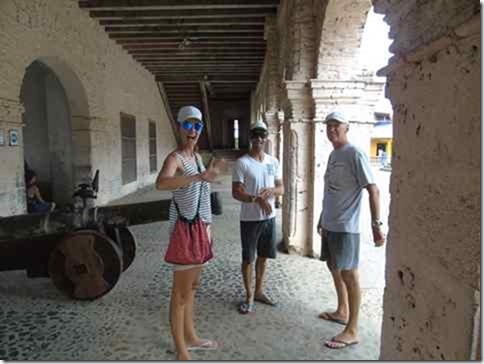  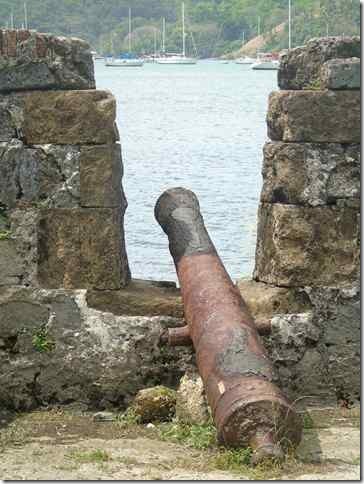  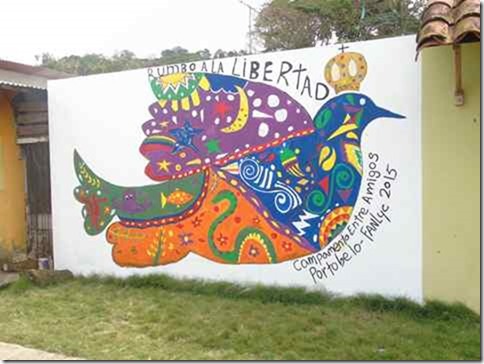 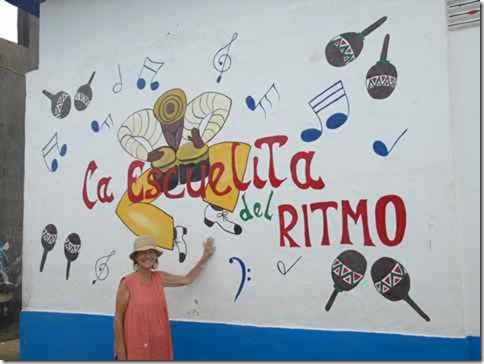 The next day we sailed to Colon, the entrance to the canal. There is
a large breakwater outside the harbour where we encountered a lot of shipping,
anchored and under way, both outside and inside the breakwater. It was
quite a challenge to determine which ships to avoid with so many about but we
made it safely and then motored the last couple of miles to Shelter Bay Marina,
located on the North side of the harbour while the town and port of Colon is on
the South, with the canal in between.
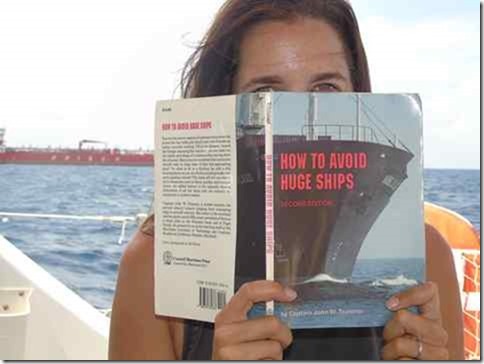 The marina is in the grounds of the old American military base – Fort
Sherman. After the Americans handed over the canal to Panamanian control
in 1990 (?), the base was abandoned but there are still the remains of many
buildings and roads in what must have been a very pleasant posting. It is
now home to wildlife including monkeys and coipu (?), being quite isolated and
removed from most human habitation.
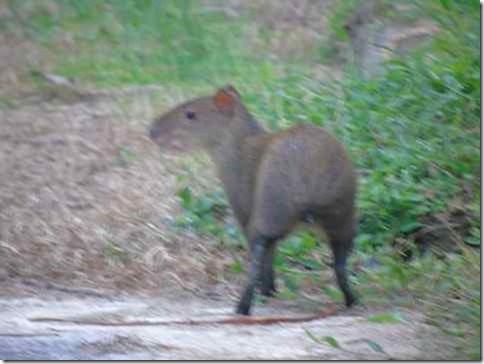 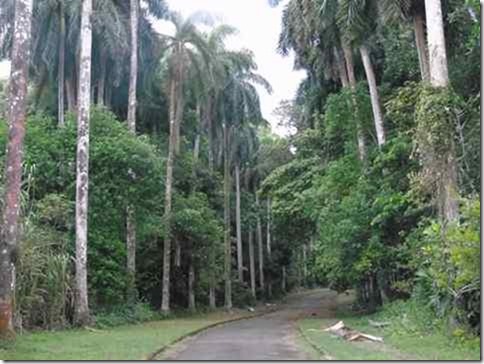 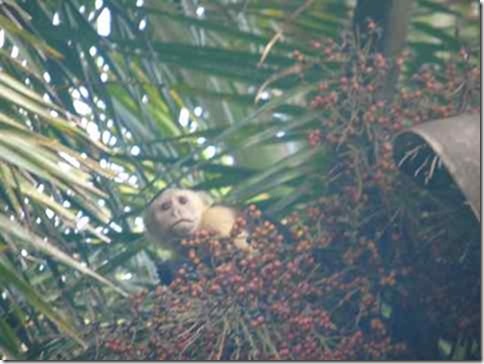  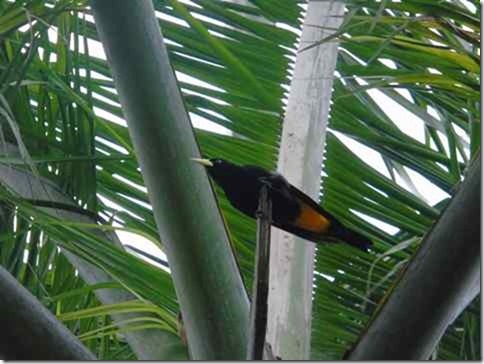  We had a busy couple of days in the marina, what with fuel, laundry,
provisioning, a sail change, messing around with the main halyard and other
minor repairs. Usual stuff.
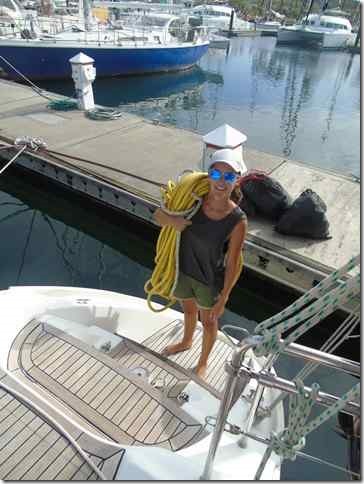 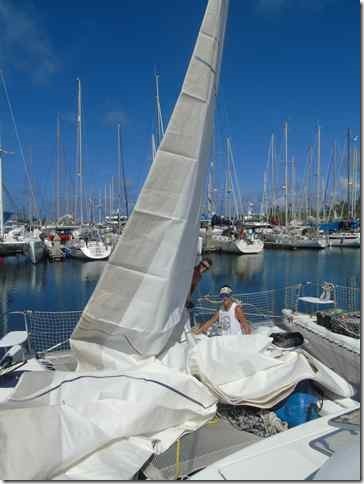 We also had to prepare for the canal transit, which involves having
available long lines and lots of fenders. A canal official came aboard to
inspect and measure everything. Our rally group had a number of briefing
sessions with Jimmy Cornell who had come to oversee matters. It was great
to have the opportunity to meet and get to know this legend of long distance
cruising. Hhis new yacht was currently in Fort Lauderdale at the boat show
there. Later he will try to catch up with the rally in Tahiti.
A trip to the old city of Panama was organised and we set off in a
bus. On the way we had to cross the canal which we did on a small bridge
which swings across when the gates are closed, thus offering us our first close
up of what lay ahead.
The old city quarter, named Casco Viejo, presents a charming picture of
colonial architecture now undergoing considerable rehabilitation.
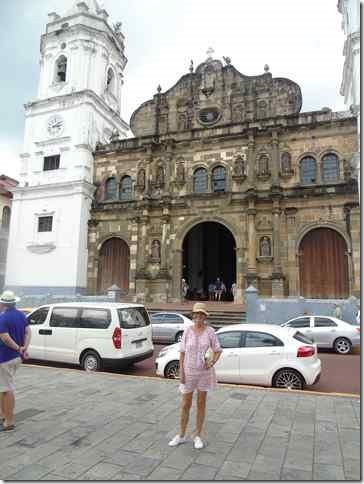 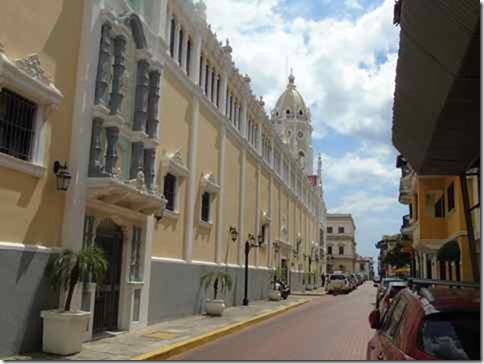  And we also did a little shopping for, yes, panama hats. We found a
boutique specialising in indian handicrafts offering a stupendous display of
their skills.
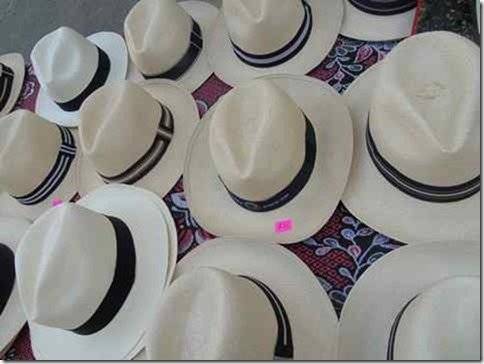 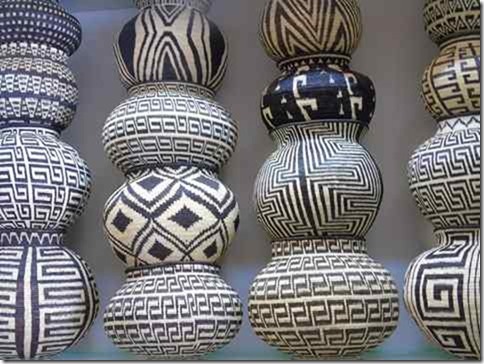 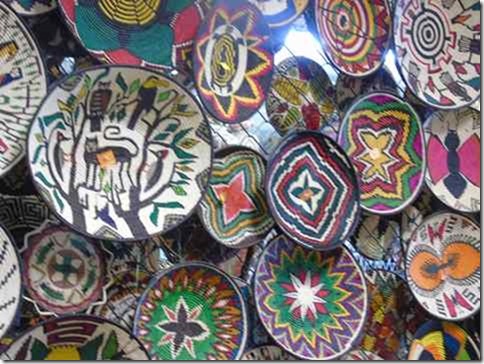 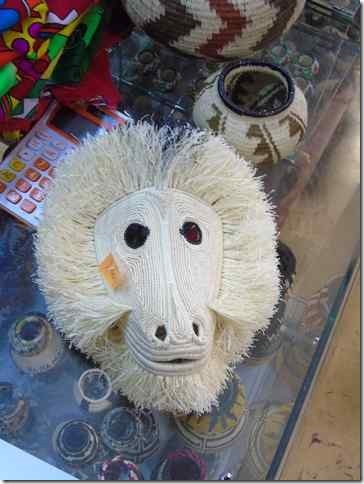 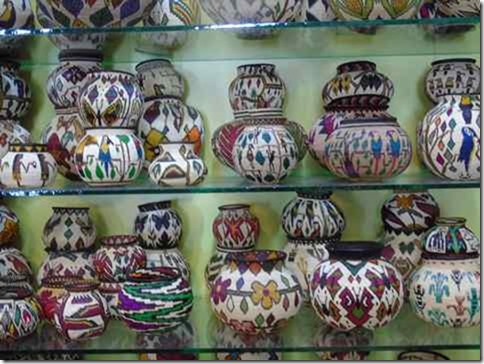  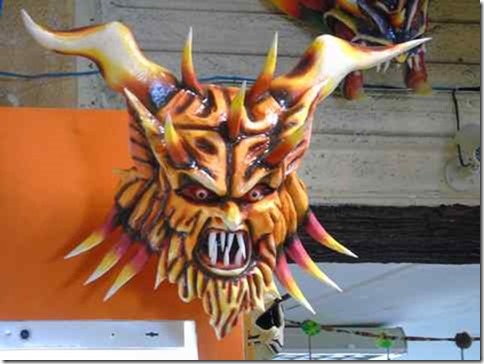 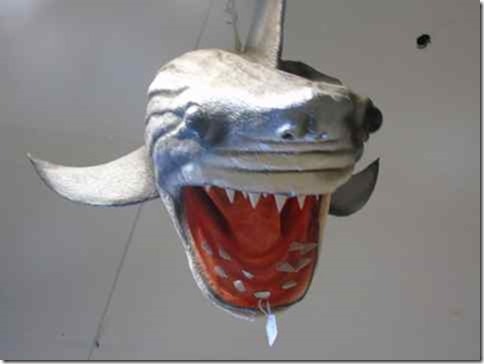 While we did not visit the modern city, the rows of skyscrapers, gleaming
white in the tropical sun, presented quite a sight and such a contrast to the
jungle and sleeping villages which was all that we had seen for the past couple
of weeks. That building in the foreground is a gallery designed by
the famous architect, Frank Ghery.
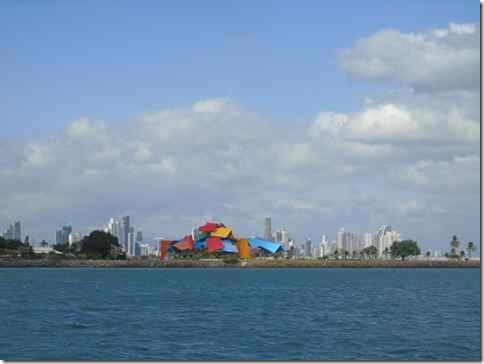 |